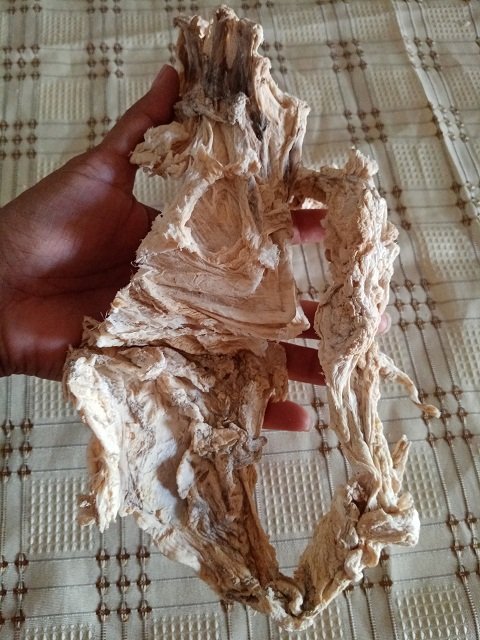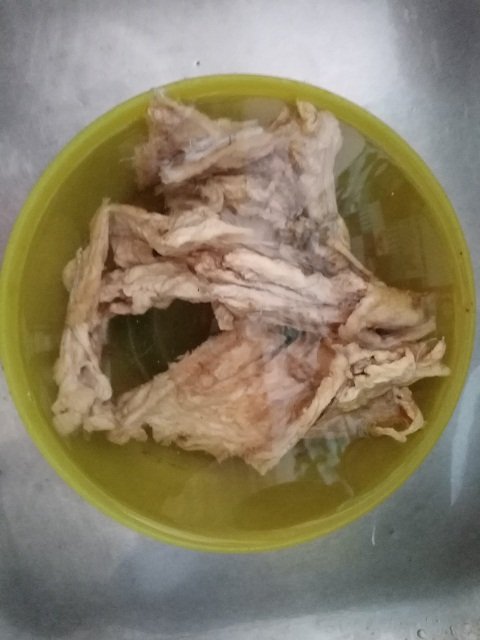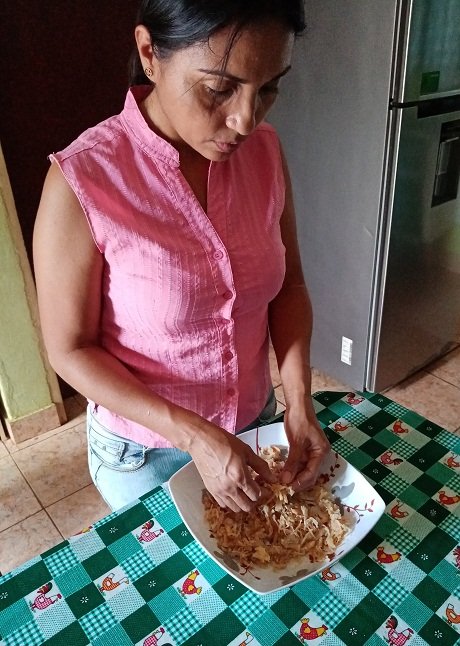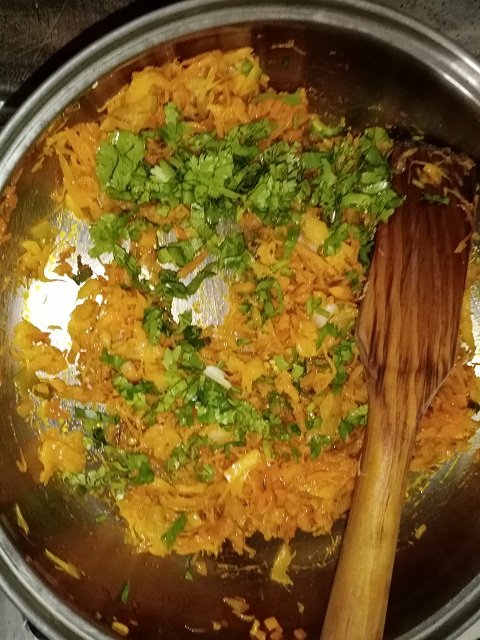Hola amigos, en el día de hoy les voy a presentar uno de los platos típicos de mi país, hay varios pero yo les traigo en el día de hoy el pisillo de los llanos venezolanos ya que soy de Guárico-Venezuela uno de los estados Llaneros que conforman mi bello país.
Hello friends, today I am going to present one of the typical dishes of my country, there are several but I bring you today the "pisillo de los llanos venezolanos" because I am from Guárico-Venezuela, one of the Llanero states that make up my beautiful country.

Este delicioso plato regional es muy típico en las poblaciones de Guárico, Apure, Barinas, Portuguesa y difundido a todo el territorio venezolano, se consume mucho en época de Semana Santa y tiene gran reconocimiento en la gastronomía internacional.
This delicious regional dish is very typical in the towns of Guárico, Apure, Barinas, Portuguesa and spread throughout the Venezuelan territory, it is widely consumed at Easter time and has great recognition in international gastronomy.
El Pisillo es una de las recetas más populares de la región. Los habitantes en los campos para conservar la carne utilizan el proceso de secado al sol, para realizar este proceso se corta la carne en una capa delgada, se le agrega sal para evitar que le salgan gusanos. Después, se guinda en una cuerda durante varios días para que reciba los rayos solares y se seque. Esta es la carne usada para el pisillo.
Pisillo is one of the most popular recipes in the region. The inhabitants of the fields use the sun-drying process to preserve the meat. To carry out this process, the meat is cut in a thin layer and salt is added to prevent worms from growing. Afterwards, the meat is stitched on a rope for several days so that it receives the sun's rays and dries. This is the meat used for the pisillo.
El pisillo lo podemos preparar con carne de res salpresa o seca al sol, también se utilizan la carne de babo (una especie de caimán americano), venado, pescado o chigüire. Se le llama pisillo porque consiste en pisar la carne con una piedra y luego desmecharla.
The pisillo can be prepared with salted or sun-dried beef, but also with meat from babo (a kind of American alligator), deer, fish or chigüire. It is called pisillo because it consists of stepping on the meat with a stone and then shredding it.
El proceso de elaboración consiste en sancochar cualquiera de estas carnes hasta que ablande, para luego pisarlas con una piedra y desmecharlas. Mientras aparte se fríen los diferentes aliños como cebollas, ajo, pimentón, cebollín, ajíes y cilantro con un poco de aceite vegetal. Posteriormente la carne y los aliños se colocan a fuego lento para cocinarse por 10 minutos aproximadamente, revolviendo constantemente con una paleta de madera.
The elaboration process consists of boiling any of these meats until tender, then crushing them with a stone and discarding them. Meanwhile, the different seasonings such as onions, garlic, paprika, chives, chili peppers and cilantro are fried with a little vegetable oil. Then the meat and the seasonings are placed over low heat to cook for approximately 10 minutes, stirring constantly with a wooden paddle.
Ingredientes
½ kg babo seco
1 cebolla mediana
4 ajíes dulces
1 cabeza de ajo pequeña
1 tallo de Cebollín
Cilantro al gusto
2 cucharadas de aceite onotado
Sal y comino al gusto
Ingredients
½ kg dried turnip
1 medium onion
4 sweet peppers
1 small head of garlic
1 stalk of chives
Cilantro to taste
2 tablespoons of olive oil
Salt and cumin to taste

Preparación/Preparation:
- Remojar el babo por una hora en agua para que suelte un poco la sal (En mi caso lo hice así para hidratar la carne y prevenir que el pisillo no me quedara pasado de sal). El tiempo de remojo va a depender del salado de la carne para ello hay que cambiar el agua varias veces.
- Soak the babo for one hour in water so that it releases a little salt (in my case I did it this way to hydrate the meat and prevent the pisillo from being over salted). The soaking time will depend on the saltiness of the meat, so the water should be changed several times.

2- Cook in the pressure cooker for approximately 30 minutes, if you cook it normally I suggest you cook it for 1 hour so that it is not hard.
3.Una vez cocido se saca y se escurre. Cuando este fría se pisa con la piedra y la desmechamos.
3- Once it is cooked, take it out and drain it. When it is cooled, press it with a stone and remove the skin.

4- Chop all the seasonings (you can do this process while the babo is cooking in the pressure cooker).
5 - Se procede a sofreír todos los aliños en un sartén con el aceite onotado, cuando estén sofritos le incorporamos el babo desmechado y mezclamos bien, le agregamos un poco de agua y verificamos si le hace falta sal, dejamos cocinar por varios minutos y le incorporamos el cilantro al gusto y dejamos cocinar por unos minutos más hasta que el babo esté bien doradito.
5- Fry all the seasonings in a frying pan with the oil, when they are fried, add the shredded babo and mix well, add a little water and check if it needs salt, let it cook for several minutes and add the cilantro to taste and let it cook for a few more minutes until the babo is well browned.

Este pisillo se puede servir generalmente acompañado de arroz, yuca, tajadas y ensaladas. También lo puedes comer con arepas utilizándolo como relleno.
This pisillo can usually be served with rice, yucca, slices and salads. You can also eat it with arepas using it as a filling.

I hope you like this very characteristic dish in my country, you can serve it with whatever you like.
Gracias por leer!
Thanks for reading!
Traducido con | Translated with
https://www.deepl.com/translator
Congratulations @livia28! You have completed the following achievement on the Hive blockchain and have been rewarded with new badge(s) :
Your next target is to reach 500 comments.
You can view your badges on your board and compare yourself to others in the Ranking
If you no longer want to receive notifications, reply to this comment with the word
STOPSupport the HiveBuzz project. Vote for our proposal!